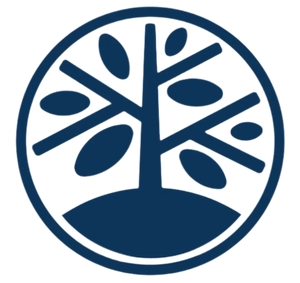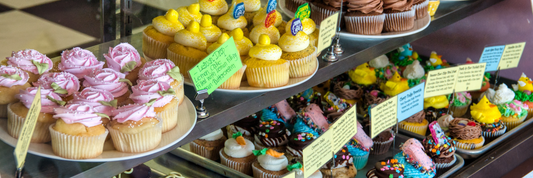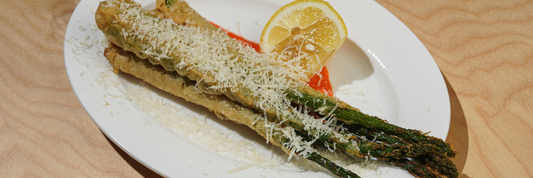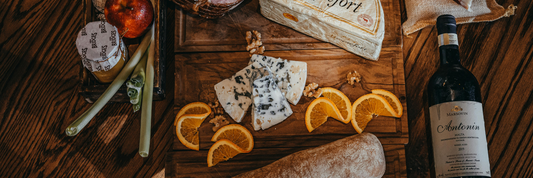Checkered cutting board is crafted by joining alternating wood pieces, resulting in a visually striking and highly functional surface. This unique design not only enhances its durability but also adds an artistic flair, making it a favorite choice for chefs and home cooks who appreciate both quality and style in their kitchen tools. In this blog, we will explore everything you need to know about checkered cutting boards, including their benefits, materials, care tips, and why they stand out in the world of culinary essentials.
What Is Checkered Cutting Board?
A checkered cutting board features a distinct pattern created by alternating wood grains or colors. This intricate design is achieved by joining pieces of wood, often end-grain or edge-grain, into a grid-like pattern. The result is not only visually stunning but also highly functional, as the design enhances durability and reduces wear on knives.

Benefits of a Checkered Cutting Board
Durability: Checkered cutting boards, especially those made with end-grain construction, are exceptionally strong. The unique design allows the wood fibers to absorb the impact of knife cuts, reducing the chances of cracking or splitting over time.
Knife-Friendly Surface: The end-grain design of many checkered boards is gentle on knife edges, helping to maintain their sharpness. This feature is especially beneficial for high-quality knives.
Aesthetic Appeal: The checkered pattern adds a sophisticated and artistic touch to any kitchen. It doubles as a serving board for charcuterie, cheese, or other appetizers.
Hygienic Properties: High-quality checkered cutting boards, made from hardwoods like maple or walnut, naturally resist bacteria growth. The dense grain of these woods helps prevent deep grooves where bacteria might thrive.
Materials Used in Checkered Cutting Boards
Hardwoods
- Maple: Known for its durability and resistance to scratches.
- Walnut: A darker wood that adds elegance and strength.
- Cherry: Offers a warm tone and smooth texture.
Mixed Wood Combinations
Many checkered boards combine different types of wood to create contrasting colors, making the pattern even more striking.

How to Choose the Right Checkered Cutting Board
Size and Thickness
- Small Boards: Ideal for cutting fruits and vegetables.
- Large Boards: Perfect for carving meats or handling large food prep tasks.
- Choose a board with at least 1.5 inches in thickness for added stability and durability.
Type of Wood
Opt for hardwoods such as maple, walnut, or cherry, as they provide durability and are gentle on knives.
Finish and Treatment
Ensure the board is finished with food-grade mineral oil or beeswax to protect the wood and enhance its longevity.
How to Care Checkered Cutting Board
Proper care ensures that your checkered cutting board lasts for years. Here’s how to maintain it:
1. Cleaning
- Wash the board with warm, soapy water after each use.
- Avoid soaking it in water or using a dishwasher, as this can cause warping.

2. Drying
- Dry the board immediately after washing to prevent water damage.
- Store it in a well-ventilated area to avoid moisture build-up.
3. Oiling
- Apply food-grade mineral oil once a month to maintain the board’s finish and prevent it from drying out.
- Spread the oil evenly using a clean cloth, and let it soak overnight.
4. Avoiding Damage
- Don’t use the board for cutting very hard items like bones.
- Avoid exposure to extreme heat or sunlight, which can cause cracking.
Conclusion
A checkered cutting board is a versatile and stylish addition to any kitchen. Its combination of functionality, durability, and aesthetic appeal makes it an excellent choice for cooking enthusiasts. By choosing the right materials and caring for your board properly, you’ll have a tool that lasts for years while enhancing your kitchen’s elegance. Whether for food prep or as a serving piece, a checkered cutting board is an investment in both form and function.




